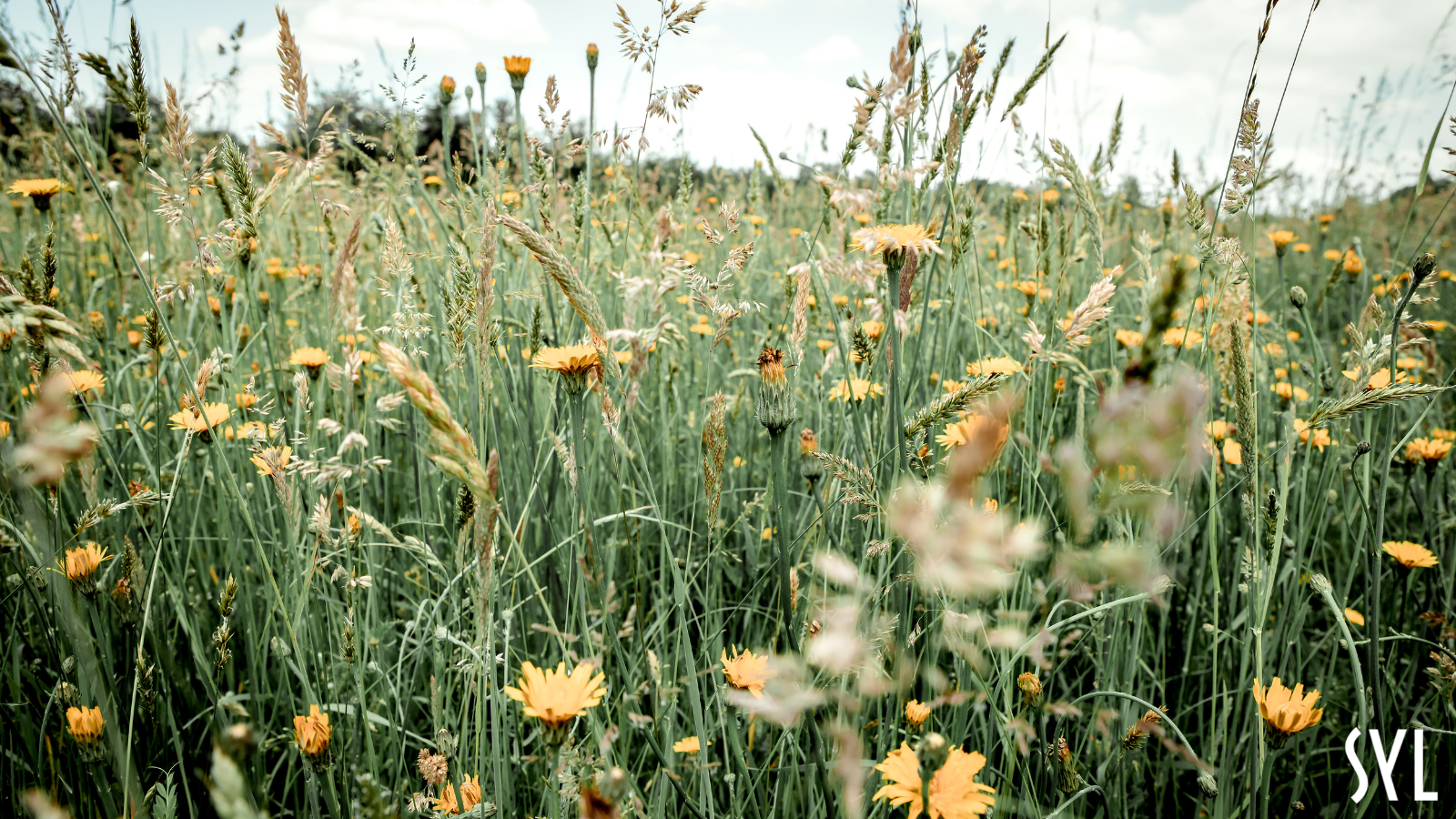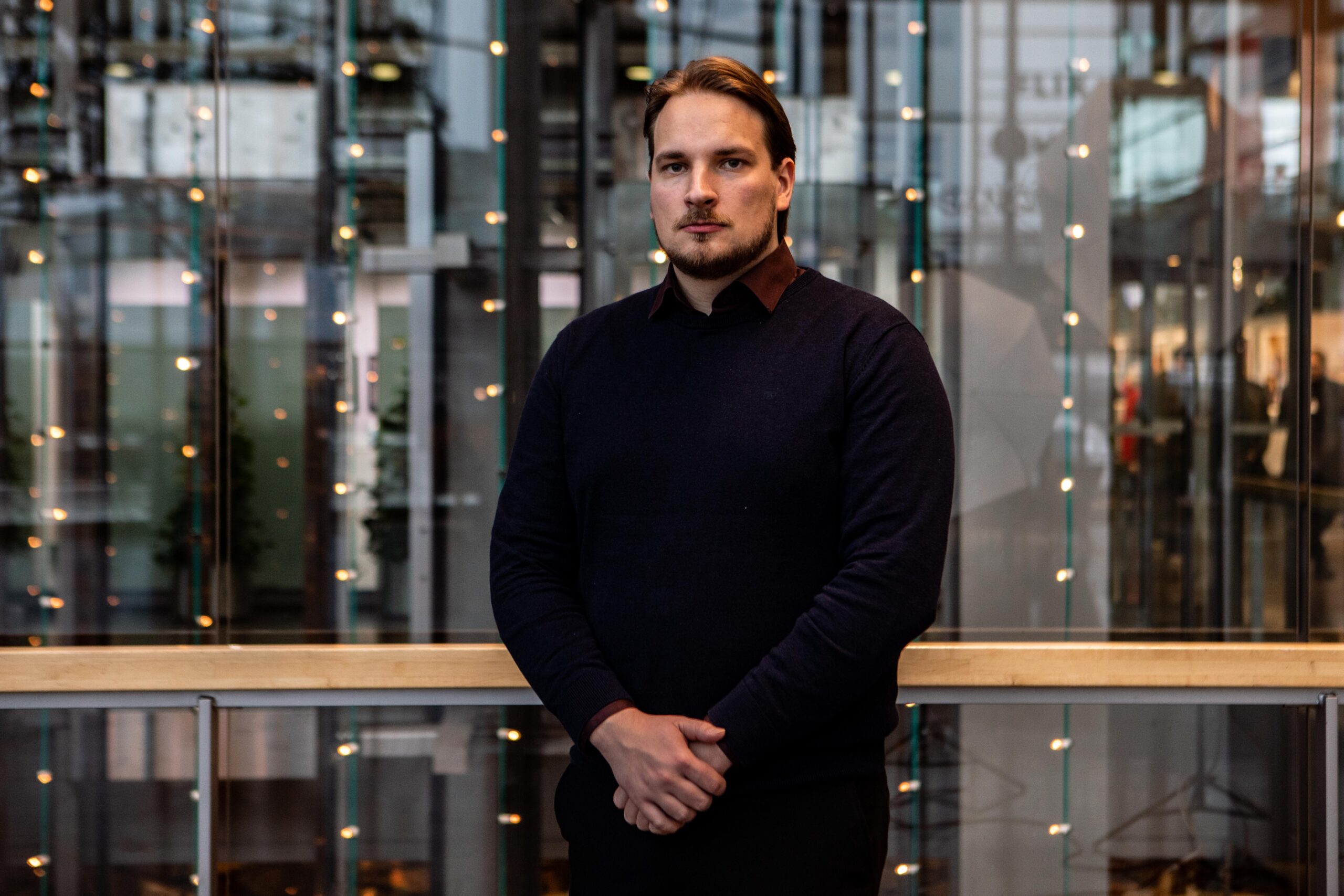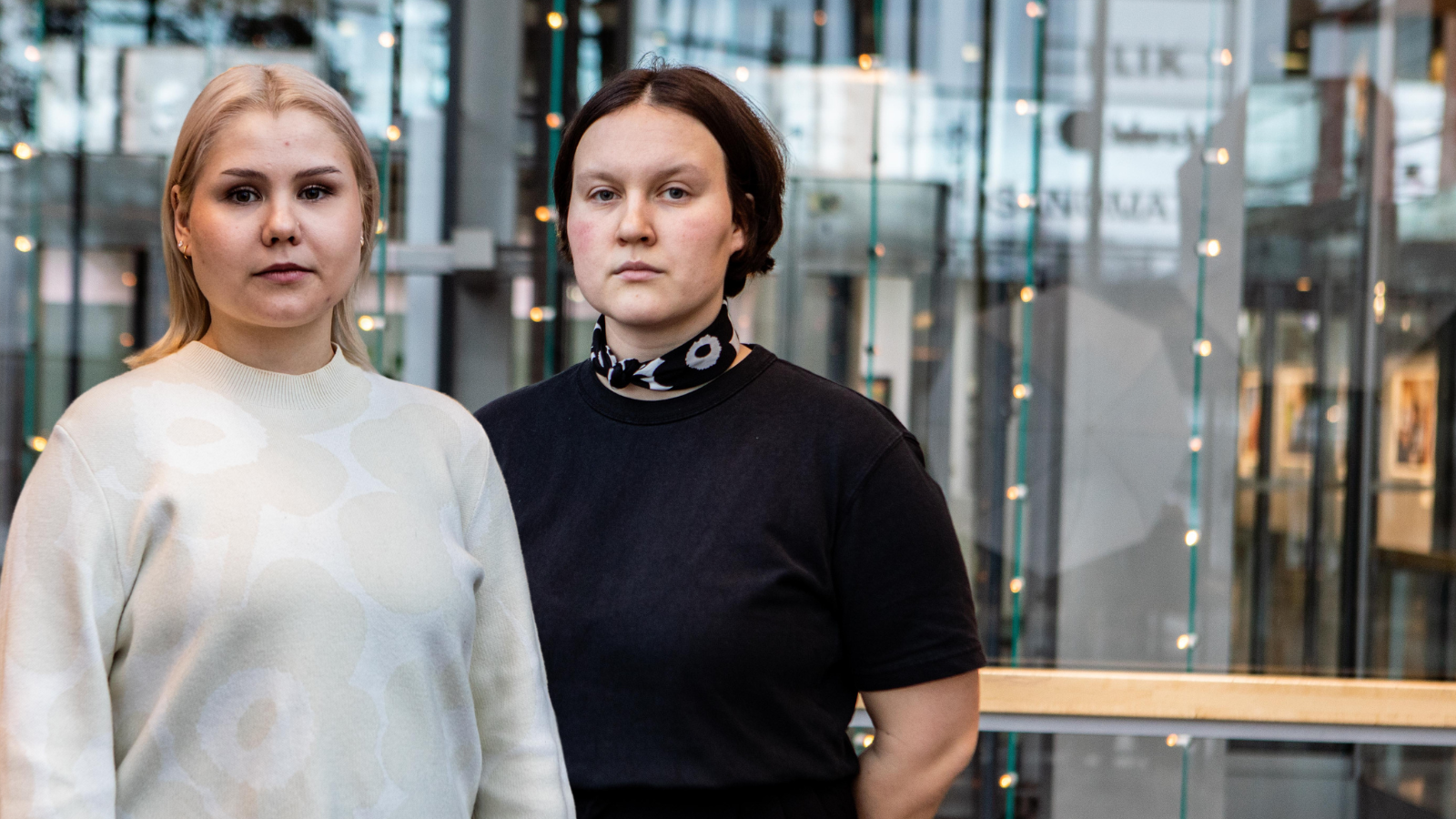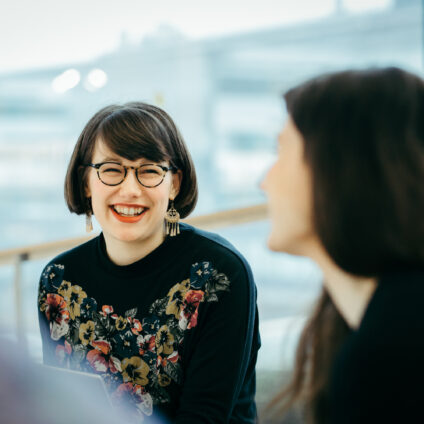The spring’s deadline for joint application to higher education has passed. This year 151,800 people applied, and some of them have already been awarded a student place and admitted to a higher education institution based on their matriculation examination certificate. Because of the quota for first-time applicants, 62 per cent of all student places are reserved for people who do not already have a student place. In a year’s time, in the spring of 2020, over half of student places will be allocated based solely on the applicants’ grades.
The aim of these reforms and changes has been to reduce the number of gap years while lengthening careers at the beginning – a student who starts studying earlier will of course also graduate earlier, and they will enter the labour market at a younger age. But taking a gap year has become more popular in recent years. What does that tell us?
Those who apply to higher education institutions will continue to apply to their preferred place of study until they get in or they stop trying. Because the quotas make it easier to get in if you do not already have a student place, it makes sense to wait to start your studies until you are sure that the student place you accept is the one you really want. Accepting the wrong place is also a financial risk for the applicant. The number of months of financial aid for students has become so limited that one cannot afford to make mistakes or wrong choices.
Young people are suffering from more exhaustion, stress and mental health problems. Making student admissions more focused on previous grades will increase the pressure to do well at upper secondary school and the matriculation examination even more. It has also been found that students are paying for preparatory courses at an even earlier stage, when going from comprehensive school to upper secondary school. The pressure to succeed is also being moved to an earlier stage of students’ lives. (An article by Yle in Finnish)
It is no wonder that the young people, who have more and more pressure put on them, want to take a break from their studies. It is also true that many genuinely do not know what they want to do after secondary education. When the choices people make when they are young become more and more important, it is vital that investments are made in student counselling and supporting students in their decisions.
We need varied pathways into higher education, because there are many kinds of people in different life situations applying for degree studies. For example, studies at the open university give many people a good insight into studies, and could be a way in to study for a degree. But we can already see that in addition to certificate-based admissions, a large part of admissions is also happening through these open university studies, which are subject to fees. The studies might be from one course to one year, and they can cost nearly a thousand euros for students at the open university. On top of that, students also have their costs of living to think about. At worst, a young person’s only real way into higher education might be to pay for studies at the open university. Here is a good question: why did we forget about the benefits of entrance exams?
An entrance exam which measures suitability and skills without requiring months of studying guarantees a genuinely free second chance to get into higher education. Young or old, upper secondary school dropouts, those whose grades were not good enough for certificate-based admission, or whose finances or situation in life is not flexible enough for open university studies – entrance exams give all of these people a new chance to get into higher education. A well-prepared entrance exam measures skills and motivation, and it also gives the applicant a clearer picture of the study programme they are applying for.
Our social values are based on the idea that everyone is given equal opportunities to educate themselves, regardless of their background or wealth. Varied pathways into higher education guarantee that this will continue to be possible. Free education is a strong principle and cornerstone of Finnish society – let’s hold on to it in our student admissions as well.
Helmi Andersson
SYL Board Member




